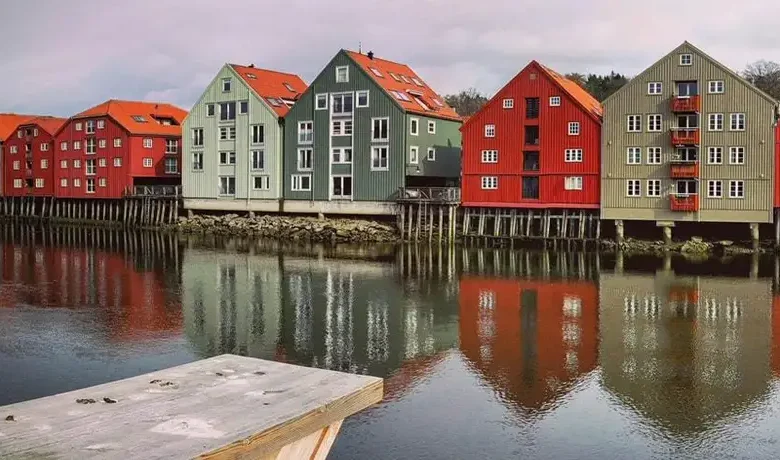Housing inflation in Europe is 212%; 2000 percent in Iran! – Tejarat News

According to Tejarat News, the Statistics Department of the European Commission has published new statistics on the rental rates and housing prices in the territory of this union. Accordingly, in the first quarter of 2023, housing prices in the European Union have decreased by 0.7% compared to the fourth quarter of last year. Meanwhile, during the same period, rents experienced a 0.9% increase.
Reduction of housing prices against the growth of rents
This is the second seasonal decline in housing after a negative 1.4% decline in the fourth quarter of 2022. In addition, compared to the first quarter of 2022, rents and housing prices in the European Union have grown by 2.9% and 0.8%, respectively.
Housing prices had grown faster than rent in the second quarter of 2022. But in the third quarter of last year, housing prices increased at the same rate as rent. As of the fourth quarter of 2022, housing prices began to decline, while rents continued to trend upward.
From 2010 to the first quarter of 2023, rent has increased by 20% and housing prices by 46%. Meanwhile, housing prices in Estonia, Hungary, Lithuania, Latvia, Luxembourg, Czech Republic and Austria have more than doubled.
Comparing the first quarter of 2023 with 2010, housing prices in 18 European Union countries have increased more than rents.
During this period, housing prices have increased in 24 EU countries and decreased in three countries. According to the Eurostat report, it has grown in Estonia (200%), Hungary (180%), Lithuania (126%), Latvia (132%), Luxembourg (126%), Czech Republic (123%) and Austria (122%). The price reduction was in Greece (minus 14%), Italy (minus 9%) and Cyprus (minus 2%).
During these 13 years, the rental price has increased in 26 EU countries and decreased in only one country. The biggest increase was for Estonia (212%) and Lithuania (165%). The only decrease was recorded for Greece and a negative figure of 22%.
The housing market situation in Iran
The chaos of Iran’s macroeconomics in the past years has also caused strange recessions in the housing market. The prices began to decline since the 80s, and the ninth government’s solution in the form of the Mehr Housing Plan also prevented it, until finally, in the second term of Rouhani’s presidency, with Trump’s withdrawal from the JCPOA and the intensification of sanctions and inflation, it skyrocketed and entered the canal. It was 30 million tomans.
The increase in the price of construction materials has gradually reduced the profit margin of mass builders to the extent that their desire for construction has now reached its lowest level, and as a result, the country needs the supply of millions of residential units to calm down a bit; The initial promise of the 13th government in the form of the national housing movement plan has not been fulfilled so far.
On the other hand, the critical livelihood situation has reduced people’s purchasing power to such an extent that now buying a small and low-quality unit in a metropolis like Tehran has become a dream for people.
In line with this crisis in the productive housing market, the government has prevented the publication of statistics related to the home buying and renting market since the beginning of last winter, and this has made activists in this field even more confused.
Of course, experts in this field believe that now the average housing price in Tehran has exceeded 65 million tomans.
Meanwhile, since the beginning of 1402, the rental market is also experiencing unbridled prices to the extent that some tenants in Tehran have experienced more than 100% increase in mortgage and rent.
Therefore, while Estonia has experienced the highest housing inflation in the European Union with a 212% increase in housing prices, the people of Iran have witnessed an increase of more than 2000% in housing prices during this period!
Read the latest housing news on Tejaratnews housing page.

